Video of the Week:
Supertunias Grow Big
Vegetables:
Sweet Corn Primer
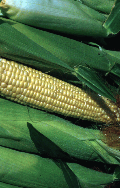
Standard (su): This is our “normal” sweet corn and contains a “sugary gene” (su). Standard sweet corn should be isolated from field corn, popcorn, supersweets and ornamental corn. To isolate one type of corn from another, do not plant one type within 200 to 250 feet or be sure to have a difference of 12 to14 days in time to maturity. Plant when the soil temperature reaches at least 55 degrees. Recommended varieties include Honey and Cream, Silver Queen, Sterling Silver, Jubilee, or Merit.
Supersweet (sh2): Though supersweets have up to three times the sweetness of standard sweet corns and hold their sweetness longer after harvest due to the sh2 gene, they do have some drawbacks such as tougher kernels and a lack of some of that good “corn” flavor. They also need to be isolated from other sweet corn types and are very sensitive to cooler soils. Wait until the soil temperature reaches 65 degrees before planting. Try Candy Store, Florida Staysweet, Sugar Loaf, Sweet Time, or Sweetie.
Sugar Enhanced (se): These are probably the most popular type of sweet corn grown due to their tender kernels, good flavor and less sensitivity to cool soils (60 degree soil temperature for planting). They hold their post-harvest sweetness longer than standard types but will not hold sweetness as long as the supersweets. The sweetness from the sugar-enhanced types is due to the “se gene.” If both parents were se types, the variety is known as an se+ or se se. If only one parent was an se type and the other an su type, then the variety will be listed as se. They do not need to be isolated other than from the supersweets. Suggested varieties include Bodacious, Ambrosia, Sweet Temptation, Delectable and Miracle.
Triplesweet (synergistic): The newest types of sweet corns blend the su, se and supersweet types with the goal of combining the best characteristics of each. We don’t have firm recommendations yet but you may want to try Serendipity, Polka, Avalon or Frisky. (Ward Upham)
Turf:
Powdery Mildew on Lawn
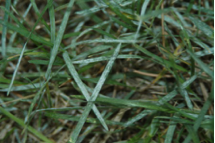
Individual blades look like they have been dusted with flour. Closer inspection reveals a white, powdery growth primarily on the upper surface of the leaves. As the disease progresses, turfgrass blades wither and die. Kentucky bluegrass grown in the shade is the most likely to be affected though other species can be susceptible. High relative humidity, poor air movement, and air temperatures around 65°F favor disease development. Try to improve light and air penetration.
The development of mildew often indicates areas of the lawn that are unsuitable for turfgrass. Consider other types of ground covers for these areas.
Several fungicides, including triadimefon (Bayleton), propiconazole (Banner MAXX, Fertilome Liquid Systemic Fungicide), and myclobutanil (Eagle, Immunox) are effective in reducing the incidence of powdery mildew. (Ward Upham)
Pests:
Carpenter Bees
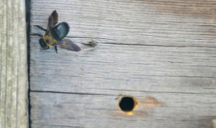
Developing larvae feed off of "bee bread" (pollen and nectar) regurgitated by the female bee. Larvae become adults by late August and September, but do not emerge until the following spring. Individual holes may not cause much damage, but cumulative effects of numbers of bees can weaken structures. Painting wood surfaces can make them less attractive to bees. Stains seem to have little effect. Insecticides, such as Sevin, can be used to treat openings. Sprays and dusts are both effective but sprays may only last for 1 to 2 weeks and require retreatment. Dusts are most easily applied with a puffer duster. It is best to treat near sundown when the bees have returned to their tunnel. (Ward Upham)
Termites or Ants
Fortunately, there are several differences that can easily distinguish the two. For example, ants have a thin waist; the waist of a termite is thick. Also, ants' antennae are elbowed, while termites' are not. Thirdly, termites have two pairs of wings that are of equal length. Ants also have two pairs of wings, but theirs are of unequal length. Homeowners who find signs of termite activity should shop for a reputable pest control firm. (Ward Upham)
Miscellaneous:
Storm Damage and the Garden
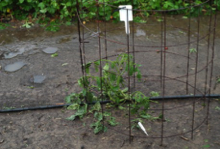
Heavy rain: The force of rainfall pounding on the soil can result in a thick crust that prevents seed emergence and partially blocks oxygen from reaching roots. A light scraping after the soil surface has dried is all that is needed to correct these problems. Be careful of deep tilling as it may damage young, tender roots.
Standing water: Standing water cuts off oxygen to the roots, which can result in plant damage if it doesn’t drain quickly enough. Most plants can withstand 24 hours of standing water without harm. Hot, sunny weather can make a bad situation worse by the water becoming hot enough to “cook” the plants. There isn’t much that can be done about this unless a channel can be cut to allow the water to drain.
Hail damage: Plants should recover quickly as long as the leaves only were damaged by the hail as leaves regenerate quickly. The situation becomes much more serious if the stems and fruit were damaged. The plant can recover from a few bruises but if it looks like the plants were mowed down by a weed whip, replanting is in order.
Leaning plants: Either wind or water can cause plants to lean. They should start to straighten after a few days. Don’t try to bend them back as they often break easily. (Ward Upham)
Field Bindweed Control
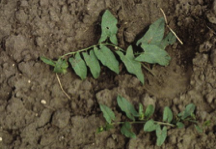
Home Vegetable Gardens: Weed control requires taking the treated portion of the garden out of production for a time.
Glyphosate - Glyphosate is sold under a wide variety of names, the most common being Roundup. Take the garden out of production when treating.
1. Glyphosate is a non-selective herbicide that will kill whatever it hits but is inactivated when it contacts the soil.
2. Glyphosate is most effective when applied to bindweed that is at or beyond full bloom. You can treat earlier but don't skip the late summer to fall application.
3. Do not apply to bindweed that is under moisture stress or not growing well.
Turf: Selective herbicides are available. A herbicide with the trade name of Drive (quinclorac) is now packaged in homeowner combination herbicides such as Fertilome Weed-Out with Q, Ortho Weed-B-Gon Max + Crabgrass Control, Monterey Crab-E-Rad Plus and Bayer All-in-One Lawn Weed and Crabgrass Killer.
Commercial applicators can also use Drive (quinclorac) as well as Q4 (contains quinclorac). Products with Drive work better than glyphosate and are selective. Note that lawns treated with Drive should not use clippings in compost or as mulch as Drive is very stable on grass clippings. We recommend clippings be returned to the lawn anyway but if they are bagged, they should be discarded. Do not apply products with Drive over exposed roots of trees and ornamentals. It would be best to avoid spraying beneath the canopy of any trees to avoid possible damage. If there are plans to convert a section of lawn to a vegetable garden, do not use Drive on that area. Eggplants can be damaged if planted within 12 months of areas treated with Drive, and tomatoes can be damaged if planted within 24 months. Shrub Beds: Use a spray of glyphosate between plants. Use a shield if spraying near plants to keep spray from contacting green plant material. Remember, glyphosate will hurt your shrubs if it contacts green tissue.
It is possible to control field bindweed by pulling, but you must be extremely persistent. I remember reading a study from the 1940s that found that bindweed produces enough energy to start strengthening the roots when it reached the six-leaf stage. So, if pulling, never allow plants to produce more than six leaves. (Ward Upham)
Poison Ivy Identification and Control
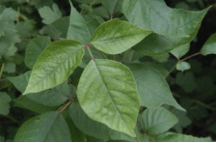
When poison ivy climbs, it forms numerous aerial roots that give the vine the appearance of a fuzzy rope. The leaves of poison ivy also vary. Though the compound leaf always has three leaflets, the leaf margins may be toothed, incised, lobed or smooth. The size of the leaves also can vary, although usually the middle leaflet is larger than the other two. Also, the middle leaflet is the only one with a long stalk; the other two are closely attached to the petiole (leaf stem). The number of leaves gives rise to the saying: "Leaves of three, let it be!" Poison ivy is often confused with Virginia creeper or Woodbine. Each of these vines, however, has five leaflets rather than three.
There are three methods commonly used to eradicate poison ivy. These include pulling or grubbing out the plants by hand, cutting off the vine, and then treating the regrowth, and spraying the plants directly. The method used depends somewhat on the plant's growth form. If the plant is growing as a groundcover, direct spray or grubbing the plant out is often used. If grubbing, wear gloves and a long-sleeved shirt. The soil must be moist for grubbing to work well. Wash the clothes and yourself immediately after you finish. It might also be a good idea to rinse the washing machine. If the plant is in the shrub form, direct spray is the most common control method. If the plant is a woody vine that has climbed a tree, the preferred method is to cut the plant off at the base and treat the sprouts after they emerge. Some triclopyr herbicides also have instructions on treating a freshly cut stump directly. Triclopyr (Brush-B-Gon Poison Ivy Killer, Brush Killer Stump Killer) is most often used for poison ivy control. Other Herbicides that can be used include glyphosate (Roundup, Killzall Weed and Grass Killer, Nutgrass, Poison Ivy and VineKiller) or dicamba. Poison ivy is tough. Repeat applications may be necessary. (Ward Upham)
Contributors: Ward Upham, Extension Associate
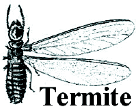

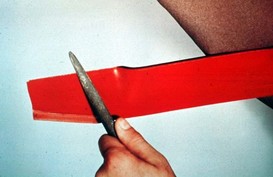
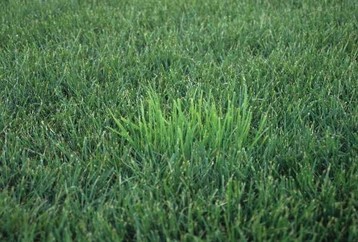
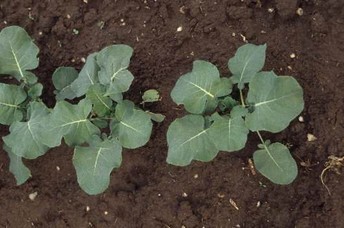
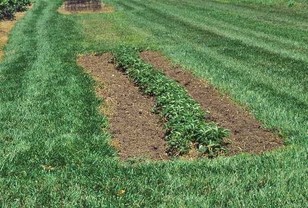
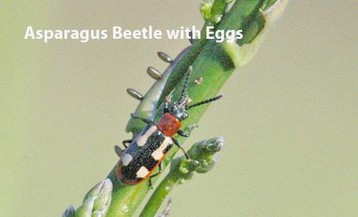
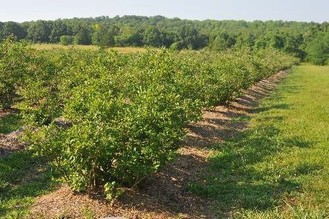
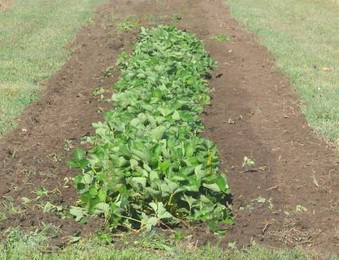
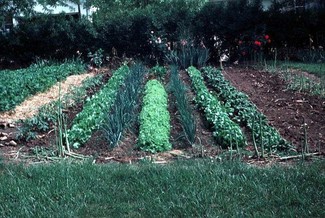
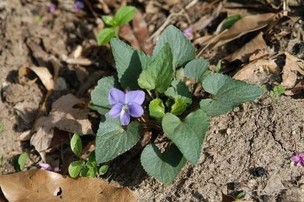
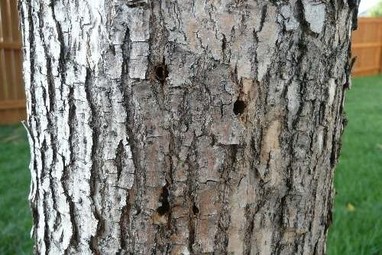
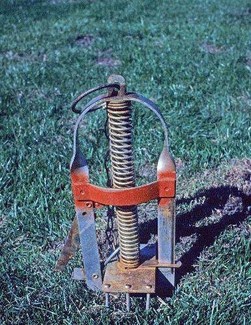
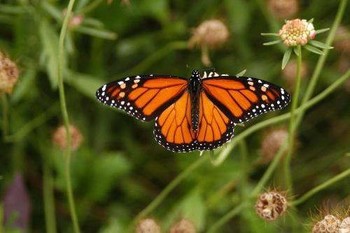
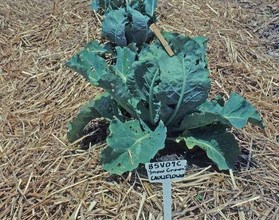
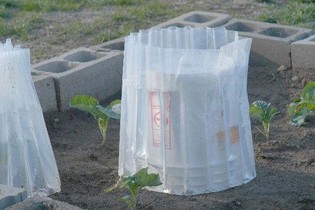
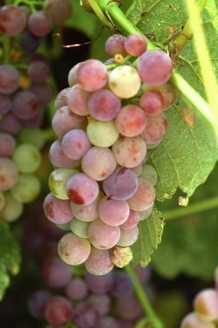
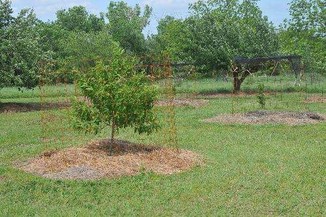
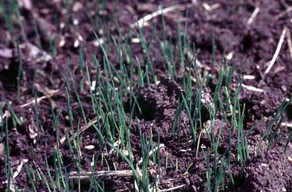
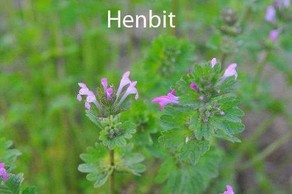
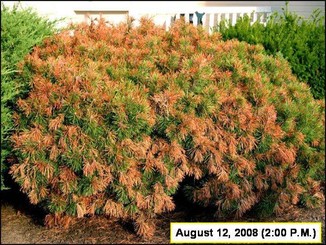
 RSS Feed
RSS Feed
